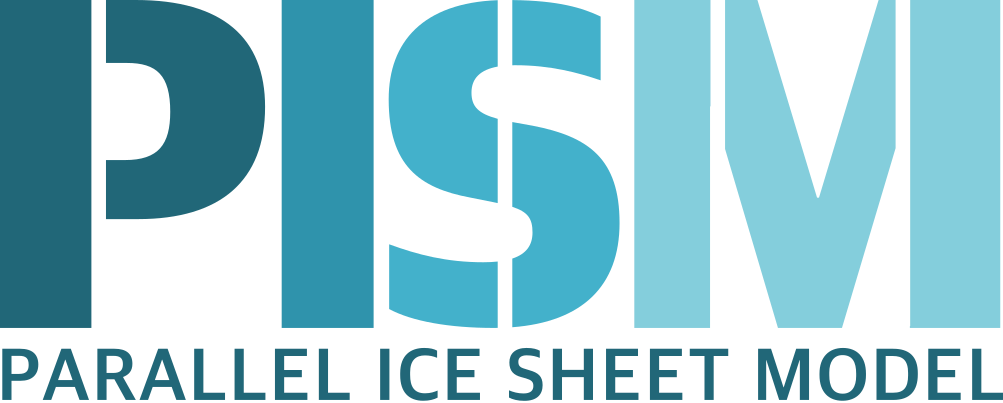Git introduction for PISM developers¶
Recommended Git configuration¶
Set name and e-mail address:
git config --global user.name "John Doe"
git config --global user.email johndoe@example.com
Do not push local branches nonexistent on upstream by default:
git config --global push.default simple
Set an editor to use when writing commit messages. For example, run
git config --global core.editor vi
to use vi.
Working on a new branch¶
This section summarizes Git commands used in a typical development workflow. A good Git GUI can save you from having to type these commands yourself but one should still know them.
When starting work on a new feature make sure to start from the
devbranch:git checkout dev
When working on a bug fix for the current (released) PISM version, start from
maininstead:git checkout main
See Git branches for more.
Next, create and switch to a new branch:
git checkout -b <user-name>/<short-description>
where
<user-name>is your GitHub user name and<short-description>is a short (two or three words) description of the topic you intend to work on.For example:
git checkout -b ckhroulev/energy-balance
Work on the code, documentation, etc.
Inspect changes:
git statusCommit changes:
To commit all changes to files that are already in the repository:
git commit -a
To commit particular files
git commit file1 file2 ...
To add new files that are to be committed:
git add file1 file2 ... git commit
Push changes to GitHub:
git push -u origin ckhroulev/energy-balance
Push changes to your own branch or other branches dedicated to a topic you may be sharing with your collaborators.
Note
Do not push to
devormaindirectly unless you know what you are doing.If you started your branch from
devand need to use a feature that was added todevsince then you can rungit merge dev
to “merge” the
devbranch into your branch.Note
Please do not merge
devinto your branch unless you need to: doing it too often makes the development history (git log) more confusing and less useful.
Writing better commit messages¶
Every commit should be accompanied by a meaningful message.
A commit message consists of a short one-line summary followed by a blank line and a free-form body of the message.
The summary should be capitalized, use the imperative mood, and should not end in a period.
The body of a commit message should explain what changes were made and why (but not how).
If a commit addresses a GitHub issue, please include the issue title and number in the body. Summarize the issue if its title is not descriptive enough.
| Previous | Up | Next |
